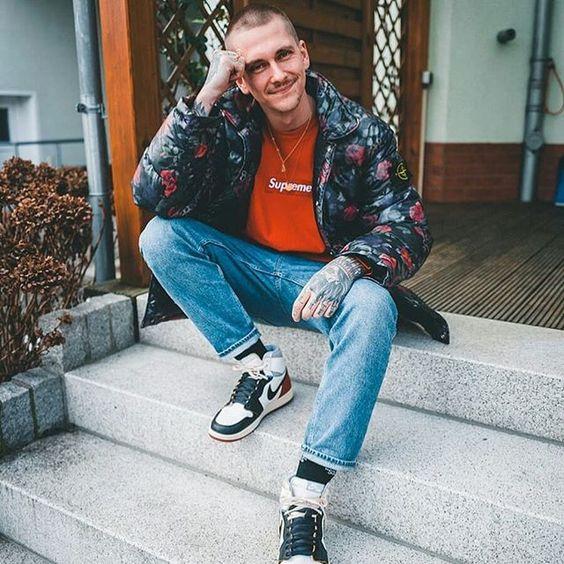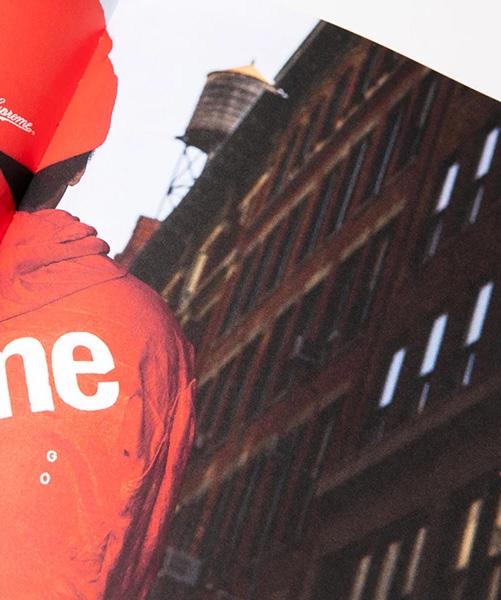
2 minute read
17 The Influence of HipHop
The Influence of: HipHop
Hip-hop culture has had the biggest impact on street culture, informing plenty of the style trends and clothing brands that rose into prominence. In just decades, it evolved from fringe subculture to the most dominant force in pop culture.
Advertisement
In ‘70s New York, hip-hop was born as a reaction to disco culture. Caribbean immigrants and African-American youth in disenfranchised neighbourhoods began coming together for impromptu block parties in boroughs like the Bronx. Early pioneers like DJ Kool Herc, Grand Wizzard Theodore, and Grandmaster Flash started the practice of using two turntables to extend the dance break in funk and soul records, creating sound loop for dancing.
The rhythmic delivery of rapping came from the practice of ‘capping,’ where two men would compete with their words over a microphone to win over the audience. The term emcee came from the traditional acronym MC, short for Master of Ceremonies. Before rappers, the MC’s role was to hype up the audience between a DJ’s songs and encourage them to dance. Early hip-hop culture was comprised of four elements; Rapping,DJing, graffiti writing, and breakdancing, an athletically challenging dance form that developed in the ‘80’s involving acrobatic moves like head spins, windmills, and flares as well as popping and locking, which relied more on precise body movements.
A true originator and innovator, like Off White Supreme’s mystique has been dissected and deconstructed to no end, but it hasn’t hurt it’s brand value in the slightest.
One factor that separates Supreme from Off-White is not just it’s lower price tags but it’s drop days. Supreme releases it’s products every Thursday mornings globally, and people always line-up in anticipation whereas Virgil releases Off-Whites products a lot more frequently and are available to buy on various higher-end online stores due to Supremes’ exclusivity their products resale value increases depending upon the demand of the product. Long before the round-the-block lines, the security guards, the crowd control barriers, the ticketing system, the release dates, and even the global stores, Supreme started off as just a little skate store on a semi-abandoned street in Manhattan, unlike Off-White’s first release Supremes’ exclusivity has remained.
Before Supreme opened in April 1994, Keith Haring’s Pop up Shop was the only store on Lafayette Street, and most of the neighbouring units remained empty- giving the street a quiet, neglected feel. It was an ideal skate spot. Before people were using social media to see what their friends were up to, this little shop slowly became the hub for every skate shop in downtown New York.
The store was well lit with a really high ceiling- the complete opposite to other skate shops that dominated the streets of New York during the ‘90’s. Around 1997 the store caught the attention of Japanese shoppers, expanding it’s consumers on a more global spectrum.
The most iconic item is the Box Logo also known as the ‘Bogo’ to hype beasts. The graphic remains it’s most popular motifs, with several versions for different collaborations or different store openings. In particular, Supremes success started to boom when it collabo rated with big names. The Supreme x Louis Vuitton collaboration is Supremes’ best-selling release today showing the streetwear brand can mix with high end luxury, similarly to the price tags of OffWhite.













